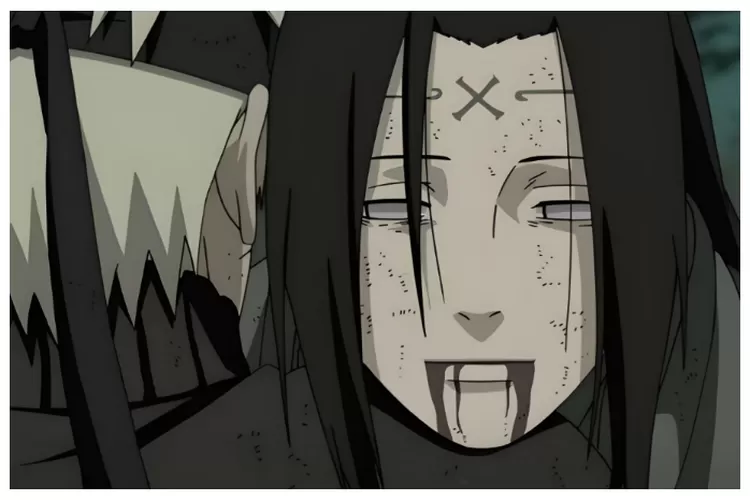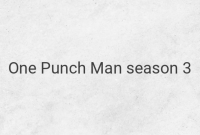The world of Naruto has captivated fans through both its manga and anime adaptations. While the basic story remains the same, there are notable differences between the two versions that add unique elements and portrayals to the beloved series. In this article, we will explore the key differences between the Naruto manga and anime, including character portrayals, events, and pacing.
One major difference between the Naruto manga and anime lies in the fact that the anime doesn’t make major changes to the overall story. However, there are important differences between the two versions that fans should be aware of. For instance, the forehead symbol of Neji is different in the manga and anime, showcasing the visual distinctions between the mediums.
Another difference can be seen in the way certain events are depicted. In the anime, the funeral ceremony is portrayed as a tribute to everyone who lost their lives during the war. However, in the manga, it specifically honors Neji’s death, adding a deeper emotional impact. These subtle variations in storytelling can greatly impact the viewer’s experience.
Character portrayals also differ between the Naruto manga and anime. One example of this is Sasuke’s time in prison. In the anime, he is shown in a prison cell, implying he served a sentence before being forgiven. In contrast, the manga immediately forgives Sasuke, skipping the prison aspect altogether. These differences in character development can shape our perception of the story’s progression.
Pacing is another aspect where the Naruto manga and anime diverge. The anime tends to have longer fight scenes compared to the manga, often criticized for feeling unnecessarily prolonged. While these extended battles can heighten suspense and showcase animated action, some fans may find them excessive. On the other hand, the anime often incorporates flashbacks to provide additional information and context to current scenes. While these flashbacks can be insightful, an over-reliance on them may feel repetitive to dedicated viewers.
One of the most prominent differences between the Naruto manga and anime is the presence of filler arcs. These filler episodes or arcs are not part of the original manga storyline and are created to give the manga time to progress and catch up. While fillers can be enjoyable for some fans, others may find them frustrating as they deviate from the main plot.
The final battle between Naruto and Sasuke is another point of divergence between the manga and anime. While the overall outcome remains the same, the anime puts a greater focus on incorporating flashbacks, delving deeper into the characters’ past experiences and relationships. This extended exploration adds depth and emotional weight to the climax of the series.
Furthermore, the portrayal of certain jutsus and abilities can also differ. In the anime, Sasuke’s fireball jutsu is often portrayed as more powerful compared to the manga, showcasing the adaptation’s visual interpretation of the technique.
In conclusion, while the Naruto manga and anime share the same basic story, there are significant differences in character portrayals, events, and pacing. These variations add unique elements and perspectives to the series, appealing to fans who appreciate both mediums. Whether you prefer the concise storytelling of the manga or the animated adaptations with their added context and visual flair, the world of Naruto continues to captivate audiences in its own distinctive ways.




